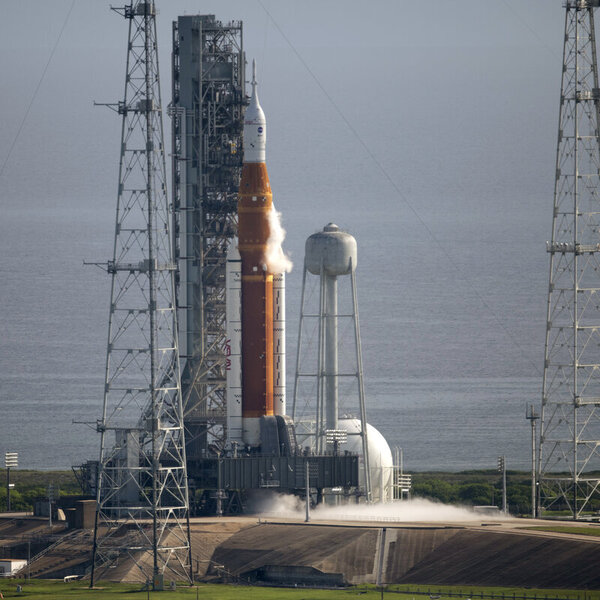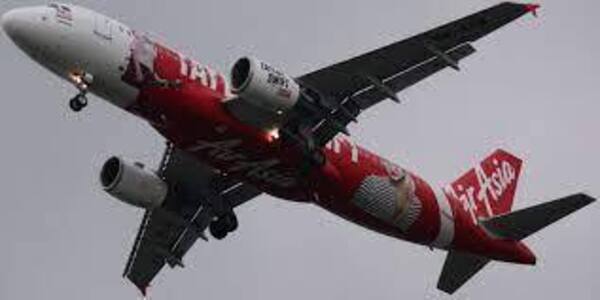How NASA Plans to Send Humans Back to the Moon, One Step at a Time

The Artemis I Rocket
On September 27th, NASA plans to launch its latest rocket Artemis I from Cape Canaveral to the moon. Despite being plagued by delay after delay caused by leaking hydrogen lines and negotiations with Eastern Range, NASA’s Artemis I is determined to fly. “We are going” is the catchphrase NASA has been using leading up to Artemis’s debut flight.
Before the launch, there will be a test flight of the moon rocket, known as the Space Launch System. The Orion capsule, which will carry an astronaut crew in the future, will sit atop the rocket. In this unmanned test flight, Orion will swing around the moon before returning to Earth.
The purpose of this mission is to sort out any technical issues with the spacecraft before putting people on board. Mannequins Helga, Zohar, and Moonikin Campos will test the effect of radiation on humans without a radiation vest, the effect of radiation on humans with a vest, and the effectiveness of NASA’s new space suits respectively.
In addition to experimenting with technologies needed for a much longer trip to Mars in the future, NASA is also eager to get a jump-start on companies looking to set up a steady business of flying scientific instruments and other payloads to the moon. They are also hoping the mission will spike student’s interests in math and science careers.
NASA is working hard to perfect their test flights so that the rocket will be ready to launch on September 27th. These new missions will gather valuable information about the earth, moon, and solar system to aid in future missions and making new discoveries.

Howdy there! My name is Sophia Zeng and I'm a freshman at Hidden Valley High School. This is my first year in Journalism. I've always loved writing, and...









